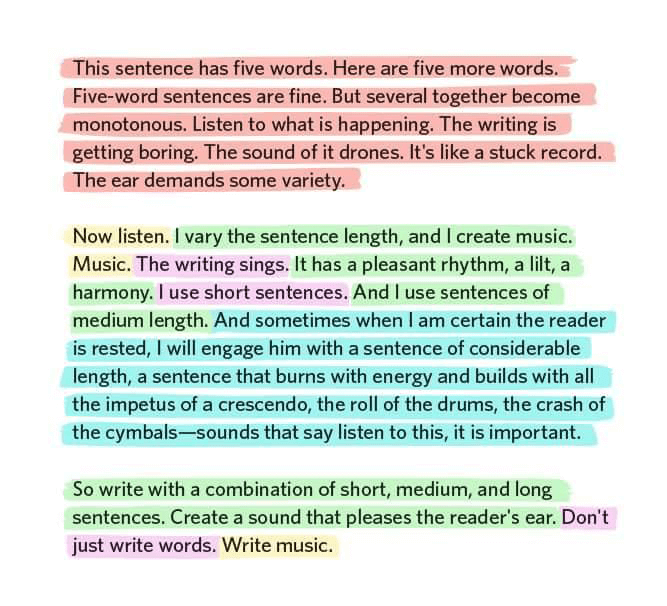

The model is then used for the later identification of new terminology in previously unseen text. With these examples, the algorithm creates a model of the terminology that accounts for the frequency of lexical, morphological and syntactic elements of the terms in relation to the non-terminological vocabulary. The algorithm learns to identify terms during a training phase where it is shown examples of both terminological and non-terminological units. The proposal is theoretically and computationally simple and disregards resources such as linguistic or ontological knowledge. This method is used for the automatic identification of terminology and is quantitatively evaluated in an empirical study of English medical terms. In contrast to many application-oriented terminology studies, which are focused on a particular language and domain, this paper adopts some general principles of the statistical properties of terms and a method to obtain the corresponding language specific parameters. This paper argues in favor of a statistical approach to terminology extraction, general to all languages but with language specific parameters. © 2011 Sociedad Española Para el Procesamiento del Lenguaje Natural. This approach has been applied to three domains (astronomy, chemistry, economics and medicine) and two languages (English and Spanish). The results show that this resource may be used for this task overcoming some of the limitations of alternative knowledge sources. The system has been evaluated substituting by it the term candidates analyzer module of an state-of-the-art term extractor, YATE. The set of titles of recovered pages and categories is selected as initial domain term vocabulary.
#Ejemplos de textos de contraste wikipedia full
After obtaining the full set of categories belonging to the selected domain, the collection of corresponding pages is extracted, using some constraints. The idea is to take profit of category graph of Wikipedia starting with a set of categories that we associate with the domain. The article concludes with a brief analysis of the various nanonephrology perspectives.In this paper we present a new approach for obtaining the terminology of a given domain using the category and page structures of the Wikipedia in a domain and language independent way. The impact of nanostructured supports on renal tissue regeneration is also discussed. Renal ‘nanotheranostics’ is a promising but little-studied area. antibiotics, antiretrovirals, contrast media, etc.) on the one hand, and the development of new kidney disease medications on the other. Renal drug nanotherapies comprise an important and dual-faceted area: The protection of drugs and nephrotoxic agents (e.g. The positive impact of nanotechnology in Nephrology is centred on the development of renal nanodiagnostics for basic renal function studies, the early diagnosis of acute kidney injury, reliable and simple follow-up of chronic kidney disease and the improvement of magnetic resonance imaging. The potential downside to nanonephrology is the renal clearance of nanoparticles, the use of which is ever-increasing both for nanomedicinal purposes and in nanofoods. El artículo finaliza con un breve análisis de las perspectivas de la nanonefrología.Īfter contextualising the generic frameworks of nanotechnology and nanomedicine, the 2 disciplines are discussed in the field of Nephrology. Se explicita también el impacto de los soportes nanoestructurados en la regeneración tisular renal. La nanoteragnosis renal es una línea prometedora poco desarrollada. antibióticos, retrovirales, medios de contraste, etc.) y el desarrollo de nuevos medicamentos para enfermedades renales.

Las nanoterapias renales con fármacos es un tema de importancia que tiene 2 connotaciones: la protección de fármacos y agentes nefrotóxicos (ej. El impacto positivo de la nanotecnología en la Nefrología se centra en el desarrollo de nanodiagnósticos renales para estudios básicos de la función renal, diagnóstico precoz del fallo renal agudo, seguimiento fiable y simple de la enfermedad renal crónica o la mejora de las imágenes de resonancia magnética nuclear. La potencial faceta negativa de la nanonefrología es el aclaramiento renal de las nanopartículas usadas con fines nanomédicos o ingeridas en los nanoalimentos, cada vez más abundantes. Después de una contextualización en los marcos genéricos de la nanotecnología y la nanomedicina, se exponen las 2 connotaciones nanotecnológicas de la Nefrología.


 0 kommentar(er)
0 kommentar(er)
